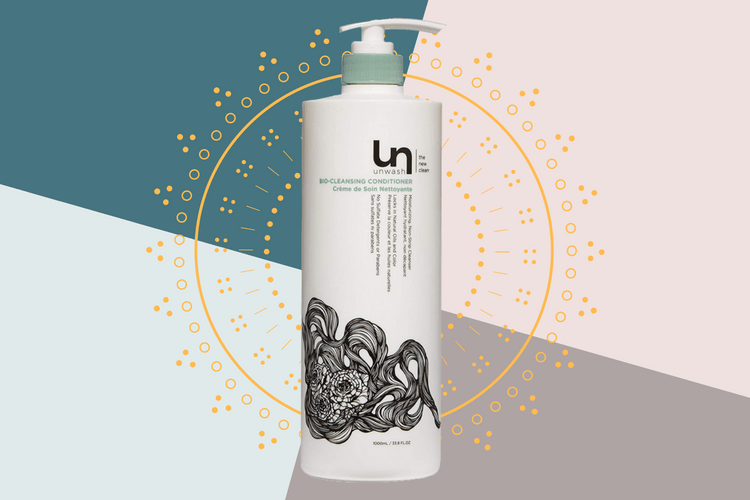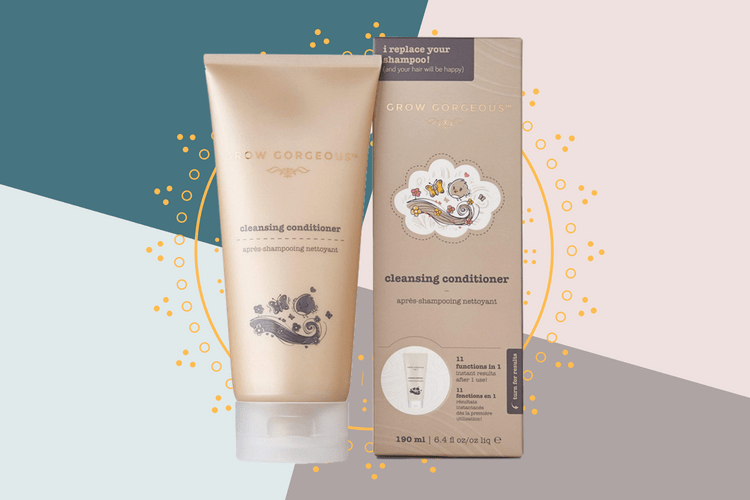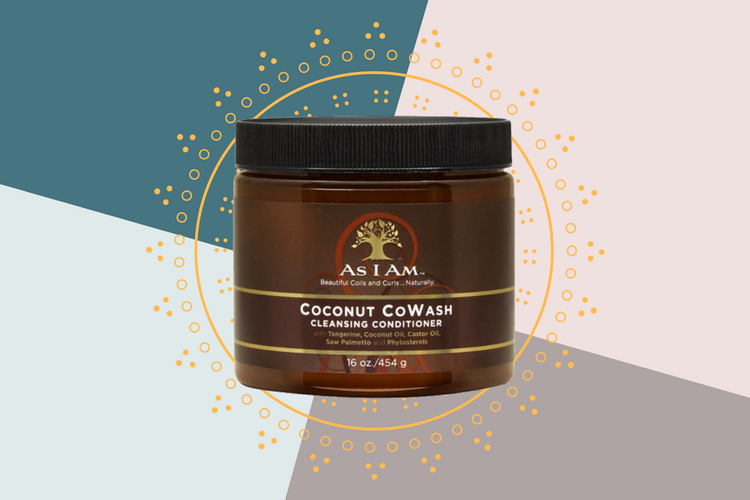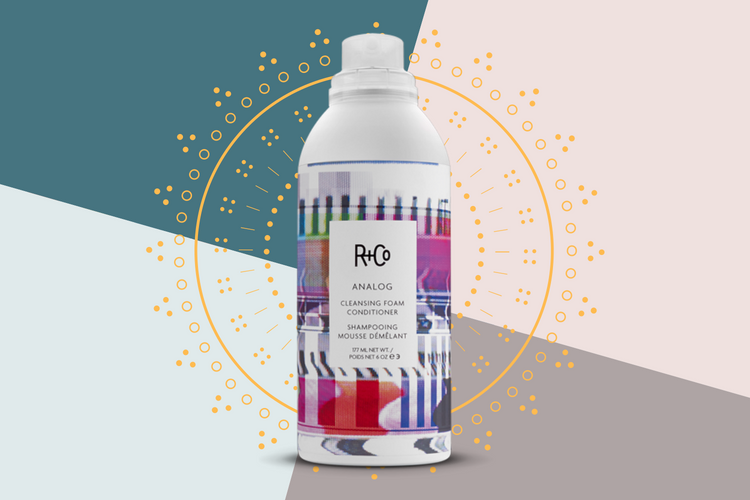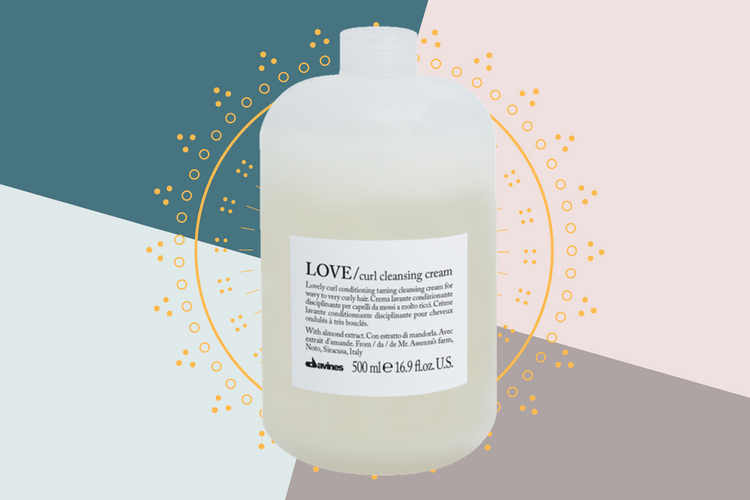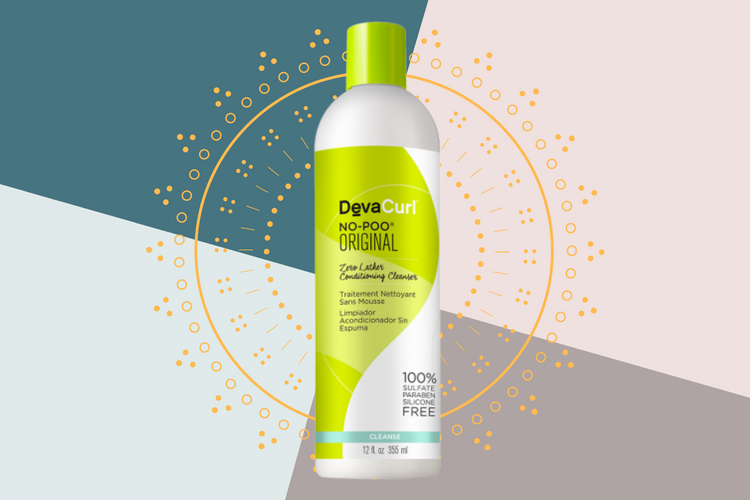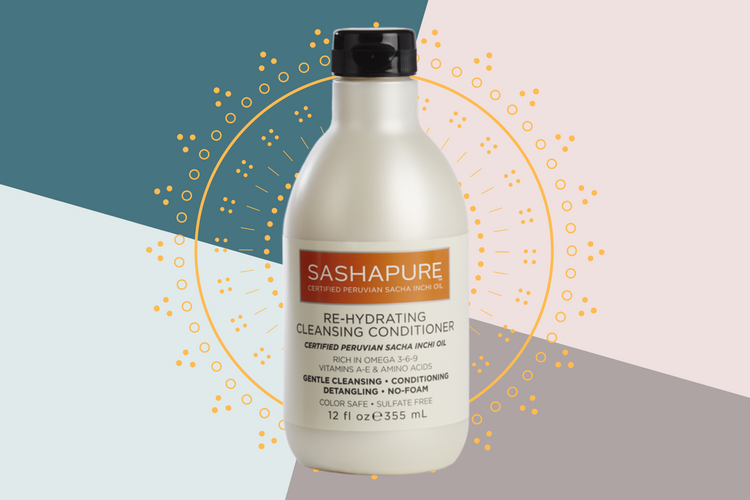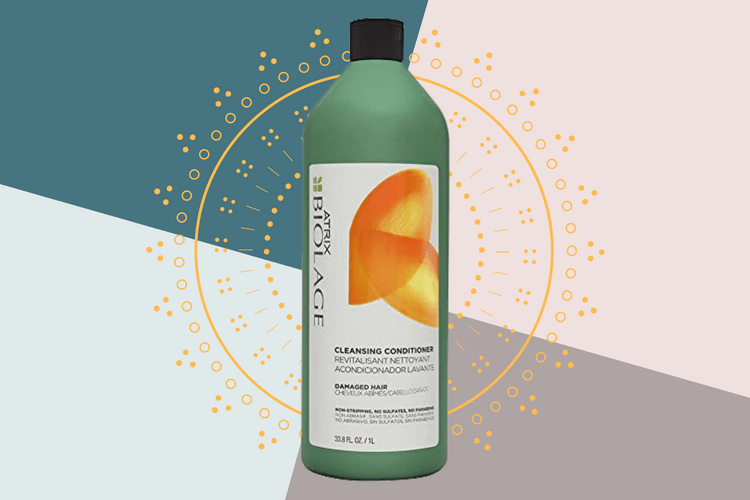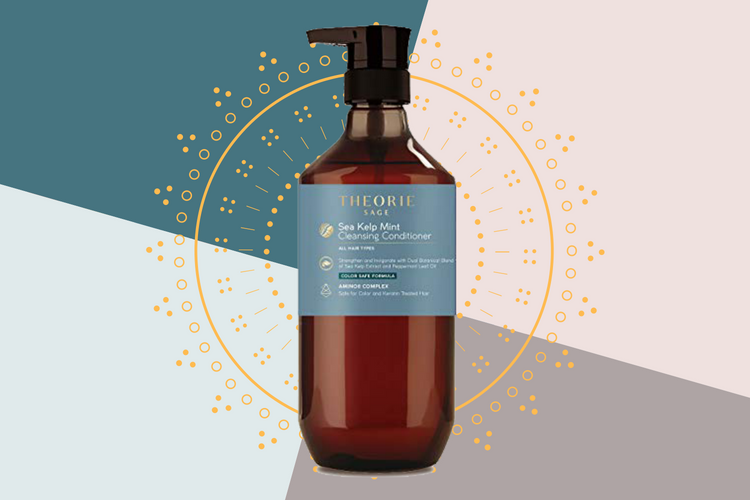Why Women Over 50 Should Ditch Shampoo and Co-Wash With a Cleansing Conditioner
Co-washing is having a moment, and if you’ve been reading up on the trend, you’ve likely found yourself wondering — what are the best cleansing conditioners for women over 50? With more and more options readily available each day, it’s clear to see co-washing isn’t going anywhere anytime soon. But before we get ahead of ourselves, let’s break down the co-washing movement. So, what is co-washing and why should you be doing it?
What is co-washing, and how does it work?
What exactly is co-washing? Co-washing is short for “conditioner-only washing” and it involves using a special kind of cleanser called a cleansing conditioner. Now, I know your next question is probably going to be, “Can you co-wash with regular conditioner?” The answer is no. In fact, there’s actually a big difference between your everyday conditioner and a cleansing conditioner — and it all lies with how they get your hair clean.
You see, a normal hair cleansing routine consists of the two-step method we all know: using a shampoo to clean the hair and then following it up with a conditioner to rehydrate and soften. What most people fail to realize is that, unless you pick up a sulfate-free shampoo, your shampoo is loaded with sulfates (detergents) that will not only clean your hair, they’ll strip it of its natural oils, drying it out in the process. Cleansing conditioners, on the other hand, are generally sulfate-free and, as a result, don’t lather like regular shampoos, leading to clean hair without the stripping factor. So how do cleansing conditioners get your hair clean? Where shampoos use detergents, cleansing conditioners use emollients to mildly cleanse, avoiding any stripping or damaging effects to your hair, keeping it healthy and strong.
Who should use cleansing conditioners?
While cleansing conditioners can be used on all hair types, there are a couple in particular that will notice a significant benefit to swapping out their everyday shampoo and conditioners. First and foremost, if your hair is curly, you’ll love co-washing. Curly hair is naturally more porous and tends to be much drier; this will usually present itself in the form of frizzy curls and brittle ends. By using a cleansing conditioner, you’ll be able to wash your hair while retaining all the moisture you can, leaving your curls healthier than ever. And the same thing goes for those with coarse or dry hair. Since cleansing conditioners don’t strip your hair as they clean it, you’ll notice your texture and dryness improve in no time.
But what about those of us on the other side of the spectrum? Surely these super hydrating conditioners couldn’t work on fine, thin, or oily hair without weighing it down! Quite the contrary — cleansing conditioners are just as great for fine hair as they are for thick hair. Those with fine, thin, or oily hair tend to wash their hair more frequently which over time, leads to dryness, an over production of oil, and a continuation of a vicious cycle. But with a cleansing conditioner, you have a way to continue washing your hair with the same frequency while forgoing an unintended dryness.
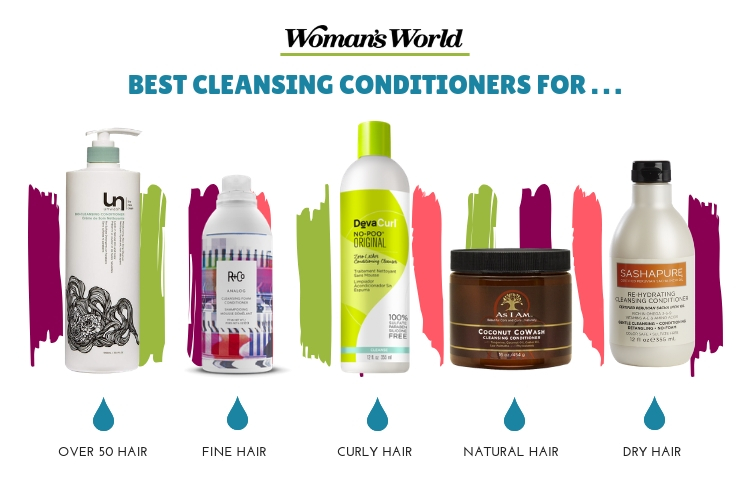
How to Use a Cleansing Conditioner
While co-washing is fairly straightforward, there are a couple steps you should take to ensure you’re getting the most out of your cleansing conditioners. Here’s how to properly use a cleansing conditioner in five easy steps.
1. Wet and rinse your hair. Before applying your cleansing conditioner, it’s important to thoroughly wet your hair. This will give your hair a preliminary rinse of whatever oils you have built up and open the cuticles of your hair, allowing for better absorption of the product.
2. Separate your hair into four sections. Since cleansing conditioners don’t lather like regular shampoos, it’s especially important to ensure that your scalp gets the proper amount of cleansing with each wash. To make this easier, divide your hair into four sections with a rat tail comb and clip away for the next step.
3. Massage the cleansing conditioner into your scalp. Starting one at a time, apply a small amount of product to each section, paying special attention to really work the product into the scalp. This is where the majority of the dirt and oil lives, so this is where you should focus the brunt of the product. The amount of product you apply will vary depending on your hair type and thickness, but as long as your scalp is properly saturated, you’re doing great!
4. Comb the conditioner through your hair. This is the most important step. Once your scalp has been properly treated, use a wide-toothed comb to evenly distribute the remaining conditioner. This will help clean and hydrate the rest of your hair. Let it sit for at least five minutes.
5. Rinse out the conditioner with lukewarm water. Now that your hair and scalp have been properly cleansed and nourished, it’s important to keep it that way. To do so, always rinse out cleansing conditioner with lukewarm water, never hot water. This will ensure you remove any excess conditioner without drying out the hair and scalp you just worked so hard on hydrating.
The Best Cleansing Conditioners for Women Over 50
If you’re over 50 and looking to hydrate and transform your hair, jumping on the co-washing bandwagon might just be the best thing you do for it. Ready to start you co-washing journey? We rounded up the best products that are all sulfate-free for the healthiest hair around. Keep scrolling to learn more about the best cleansing conditioners for women over 50!

